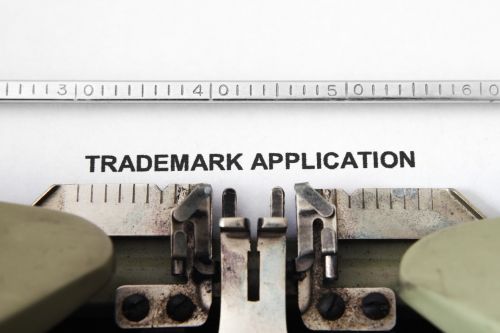Protecting your trademark with federal registration is one of the most crucial things you can do to safeguard your brand’s identity and your bottom line. But when you file a trademark application with the United States Patent and Trademark Office (USPTO), it’s essential to know that there are a number of requirements to which you must adhere. Importantly, you must provide a trademark filing basis. There are several filing bases to choose from and the statutory requirements for at least one must be filled to register your mark.
What is a Filing Basis?
Understanding which trademark filing basis your application should be filed under can be complex. However, it is necessary to know what your options are to prevent delay or denial of your trademark application. There are four possible filing bases from which you can select, including the following:
- Trademark Act Section 1(a): Use in commerce basis — This trademark filing basis means that you are currently using the mark in commerce in connection with the goods or services with which it is associated.
- Trademark Act Section 1(b): Intent-to-use basis — Filing under this basis means you have a bona fide intention to use your mark in commerce in connection with your goods or services at a point in the near future.
- Trademark Act Section 44(e): Foreign registration basis — This means you own a foreign registration of the mark in the country of origin for the goods or services.
- Trademark Act Section 44(d): Foreign application basis — Also referred to as a “foreign priority basis,” you can file under this basis if you own a foreign application that was filed within six months of your USPTO application for the same mark.
It’s crucial to be aware that the trademark filing basis is separate and distinct from the registration basis — which is the legal basis upon which your mark can be registered. The USPTO recognizes two registration bases, including “use in commerce,” and a foreign registration basis. One or both of these bases is required before you can register your mark.
What are the Trademark Filing Basis Requirements?
Regardless of which filing basis you choose, the requirements will have to be met before your trademark application can proceed and your mark can be registered. Each trademark filing basis has its own specific criteria that must be met. For most trademark owners in the United States, a mark will be filed under either the use in commerce basis or the intent to use basis.
Use in Commerce Trademark Filing Basis
For the use in commerce basis, the mark must have been used in commerce — and be in use in commerce as of the application filing date. You must provide the USPTO with the date of first use of your mark anywhere in connection with the goods or services, in addition to the date of first use in commerce. At least one specimen for each class demonstrating how the mark is used on the goods or for the services must be submitted, along with the statement: “The specimen was in use in commerce at least as early as the application filing date.” The USPTO also requests a verification in an affidavit attesting to the statement and the dates of use for the mark.
Intent-to-Use Trademark Filing Basis
If you are registering under the intent-to-use basis, you must provide the USPTO with an affidavit stating that you have a bona fide intention to use the mark in commerce. You must also attest that you had a bona fide intention to use the mark in commerce as of the date the application was filed. Critically, while you can file an application based on intent-to-use, you cannot use this as the basis for your registration. Your application must ultimately be converted to one based on use in commerce before your mark can be federally registered.
Foreign Registration Basis
In order to comply with the foreign registration basis requirements, you must provide the USPTO with a copy of your foreign registration along with an English translation and a listing of the goods or services. The foreign registration must be in force at the time the USPTO issues a registration based on the same foreign registration.
Foreign Application Basis
A trademark application can be amended to request a priority filing date based on a previously filed foreign application for the same mark. This can allow you to receive the benefit of having the earlier effective filing date for the USPTO application. To assert the foreign application basis, you must submit a timely claim of priority, information regarding the filed foreign application, and a listing of the goods or services.
Significantly, when using one of the foreign filing bases, the country of origin must be a party to a convention or treaty with the United States that extends reciprocal trademark registration rights to U.S. nationals. For both the foreign registration basis and foreign application basis, the USPTO also requires an affidavit which includes the following statement: “Applicant has a bona fide intention to use the mark in commerce and had a bona fide intention to use the mark in commerce as of the application filing date.”
Can You File Under More Than One Basis?
If you satisfy the criteria for more than one trademark filing basis, you can register under more than one. However, the USPTO does not permit trademark owners to assert both use in commerce and intent-to-use in commerce for the same goods or services. If you are asserting more than one filing basis in the same trademark application, you must clearly specify that you are claiming more than one basis and separately list each one — along with the applicable goods, services, and classes.
Contact an Experienced Trademark Attorney
The process of filing a trademark application can be complicated and highly nuanced. Located in Ann Arbor, Michigan, the Trademark Lawyer Law Firm, PLLC provides a variety of trademark services to entrepreneurs in many industries nationwide. With an impressive track record of successfully registering more than 6,500 trademarks with the USPTO, we offer our clients high-quality legal services at reasonable rates. Contact us today to schedule a complimentary 15-minute consultation with a trademark attorney to learn more about how we can help.





